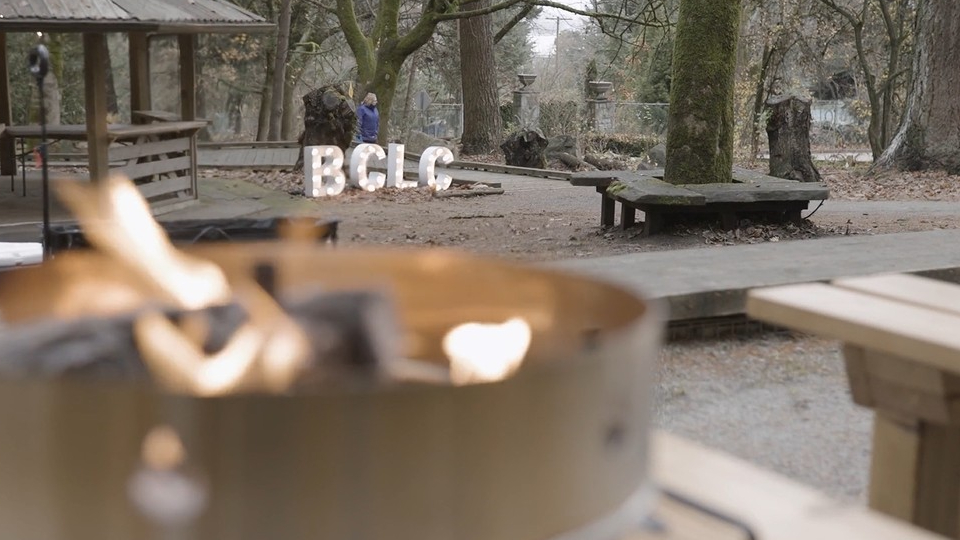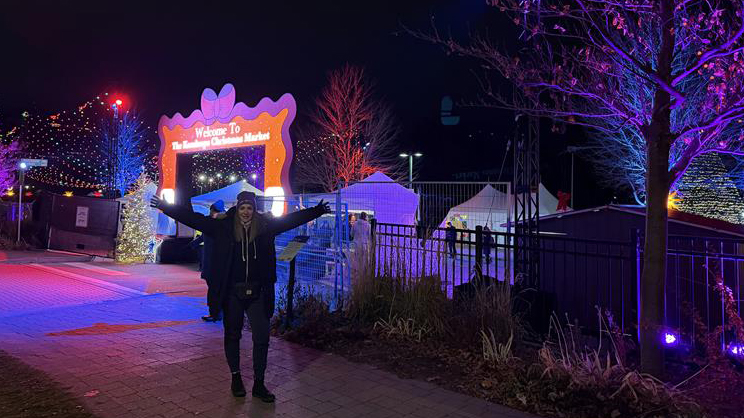After many years of leaving “scars” in the earth, rethinking everyday actions such as the way we design our infrastructure will allow humans to begin to remediate those scars.
This was one of the key discussion takeaways from a March 11 panel discussion featuring academics, climate change experts and film subjects during BCLC’s second-annual Sustainability Event as part of the Kamloops Film Festival.
Three panelists joined moderator Peter ter Weeme, BCLC’s Chief Social Purpose Officer and Vice President, Player Experience, to discuss human-made barriers and their impact on the planet as well as the link between climate change and biodiversity loss. The topics were reflected in the films shown prior to the panel discussion: Geographies of Solitude, a glance into the ecosystem of Sable Island, told by a naturalist who has lived there over 40 years, Hell and High Water, a spotlight on two Indigenous families as they deal with the trauma of fires and flooding in their home of Lytton, and American Scar, an exposure of the devastating ecocide resulting from the “invasion” of the US-Mexico border wall.
During the discussion, Peter ter Weeme asked the panelists about the irrevocable “scars” human-made barriers cause in the earth.
“Creating barriers to movement in the form of fences, highways or borders, prevents species from accessing their critical habitat and their ability to find mates,” said Dr. Lael Parrott, Director of the Okanagan Institute for Biodiversity, Resilience and Ecosystem Services (BRAES) at UBC. “The border wall shown in American Scar is separating populations, which will ultimately cause genetic differentiation and speciation long term.”
Parrott spoke to suggested modifications that should be considered when designing infrastructure.
“It can be as simple as designing bridges to include room for wildlife to go through, underpasses and overpasses, or virtual fencing, which doesn’t alter the land whatsoever. Currently, we design infrastructure so that we can move through the landscape, and we often forget about the other creatures we share this landscape with.”
The discussion ended with attendees reflecting on the link between biodiversity loss and climate change and what consumers can do to be a part of the solution.
“As we alter different systems, the shift is more on us to try and solve it from a technical perspective,” said Jim Gudjonson, BCLC’s Manager of Sustainability. “Small actions can be taken like rethinking how we cool our homes in more energy-efficient ways by shading the south side with deciduous trees or Venetian blinds. A larger step could be supporting companies that protect biodiversity in ways such as where they source their materials from.”
Parrott concluded the afternoon on a hopeful note.
“The impacts we saw around fires and flooding is really the interconnection between climate change, our actions on the land and how we’re living; but there is hope. We as a society know we need to tread with a lighter footprint, build more connective landscapes, and allow our ecosystems to restore and recover. Meaningful conversations like today’s are a great step.”
Other participants included John Kurc, photographer and subject of American Scar.
BCLC was proud to be a returning sponsor of the Kamloops Film Festival.


